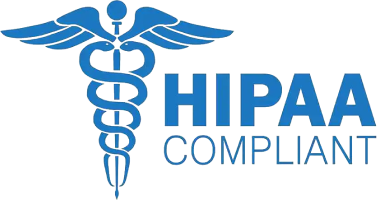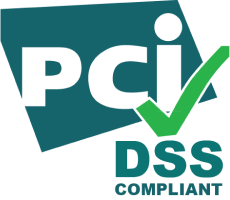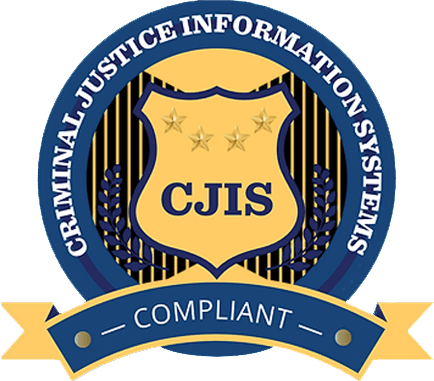We Know Cloud
Managed Cloud | Cyber Security | Backup & Disaster Recovery
Market Leader in Data Protection
Protect Your Business with Opti9
Tackling your business’s biggest challenges while modernizing infrastructure, safeguarding data, and managing operations with limited resources is no easy feat.
Opti9 is the solution.
We deliver cutting-edge platforms and technologies designed to meet your unique needs. Now you can modernize, secure, and manage your entire IT environment effortlessly with Opti9’s integrated cloud solutions. Built with resilience and innovation at its core.
Fastest Growing VCSP in North America
Veeam Cloud Service Provider Platinum
If you want the best of Veeam you’ve come to the right place. After years of being a trusted Veeam partner, we’ve developed Veeam-powered managed services: Backup-as-a-Service (BaaS), Disaster-Recovery-as-a-Services (DRaaS), and Managed M365 Cloud Backup; all supported by credentialed Veeam experts who take the complexity out of data protection and Disaster Recovery.
Looking for Veeam Cloud Connect pricing?
Try our pricing calculator for your Backup and DR costs.
Try our pricing calculator for your Backup and DR costs.
Built for Enterprise
Amazon Web Services (AWS)
Opti9 provides IT services delivered with security, scalability and flexibility in mind, Experts at delivering business critical services across any device, any location.
DevOps
AWS Dev & Operations
Disaster Recovery
Modernization Services
 Migrate
MigrateMigrate to AWS
Funded Assessments
4 AWS Competency
50+ AWS Certification
100+ Customer Launches
Uptime Guaranteed
0
%
Data Protected & Managed
0
PB
Global Datacenters
0
Partner with Opti9
Work with a Trusted Cloud Provider
With the Opti9 Channel Partner Program, our number one goal is to take your business to a new level of success, because when you succeed, we succeed. By facilitating exceptional growth for your business, our program allows you to nurture customer relationships, provide additional value for your clients, and gives you complete access to Opti9 signature world-class support.
Solutions that scale
Seamless Cloud Experience
Award Winning Security
Custom Marketing Resources
Compliance







Contact Us
Ready for your free consultation?
Please complete the form below so we can best support your inquiry and we’ll respond to you within two hours.
Resources







